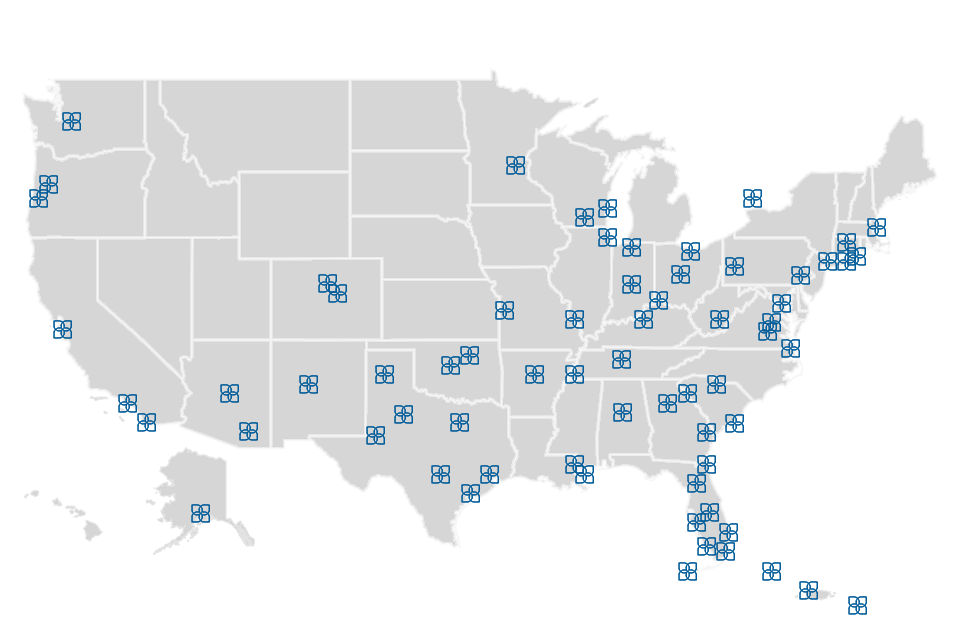Posted July 7, 2022 – By Lou Plasencia
Review and download the PDF version of Hospitality Industry Insights – The Three I’s.
Each of these variables, standing on its own, has historically been an enemy of the lodging industry. Imagine the challenges hotel owners and operators face when all three come into play simultaneously.
As inflation has picked up, the cost to operate hotels has followed. Hotel managers are dealing with increasing outlays for goods and labor. The cost of debt, a key component of virtually every hotel real estate transaction in the U.S., has also increased, quite dramatically, in a very short period. And while construction of new hotel rooms had been curbed in many markets across the U.S. due to supply challenges and surging costs, most major hotel brands recently reported robust numbers of properties “in planning stages.”
Darkening Storm Clouds
There has always been a high correlation between inflation and interest rates. It isn’t any different this time around. For months, the Federal Reserve has amped up its war against inflation. Federal Reserve Chairman Jerome Powell assured the nation in March of this year that the Fed had everything under control and that there was no recession in sight for the U.S. economy. In fact, Powell’s confidence was affirmed shortly thereafter in the Fed’s picture-perfect economic outlook. The jobless rate was stabilizing at a fifty-year low of 3.5% and the rate of inflation descended to 2.0%. The 30-year fixed mortgage rate was still under 4.0%. How things have changed in just a few short weeks!
This past Fourth of July weekend, Americans found the price of ground beef rose 13.9% over the past year, while hot dogs were about 7% more expensive. Consumer sentiment is the weakest it’s been in a decade, dragged lower by the highest inflation in forty years. In early May, the Federal Reserve took the bold step of raising its benchmark interest rate by a half-percentage point, before raising it again by another 75 basis points in June, the largest increase of its kind in more than two decades as the Fed scrambles to contain this decades-high inflation.
Across STR’s Top 25 markets, the number of new rooms under construction today exceeds 68,000 keys, or about 3.8% of the total existing inventory. Mind you, the ten-year average of new rooms from 2010 through pre-pandemic 2019 was only 1.3%. New York City, one of the poorest performing markets in the U.S. today, accounts for over 20% of those rooms, with almost 15,000 keys now under construction. Additions to the nation’s room supply seems to be surging again as the industry plays catch-up following two years of anemic inventory growth.
Rays of Light
Despite the downward drag on the national economy, there are great rewards for hoteliers and owners who were prepared for the latest downturn and had the stamina to ride out the COVID cycle. Looking back at past downturns, those who held on through the tough times after 9/11 and the Great Financial Crisis were richly rewarded with ADR growth at over twice the rate of inflation in the years that immediately followed. Thankfully, the industry seems to be putting COVID in its rear view mirror.
After researching the nearly 650 submarkets that STR tracks on a nightly basis, our firm finds that RevPAR in over 80% of those localities is expected to exceed pre-pandemic levels by the end of 2022. During the past two years, Americans have not had the freedom to travel internationally. Most vacationed in the U.S., which has greatly contributed to the strength in ADR growth. Only a small portion of that domestic demand will likely shift toward international destinations as foreign markets begin to welcome tourists. Meanwhile, the U.S. is already experiencing its own strong growth in foreign visitors this year, a trend that is expected to continue well into 2023. Business travel also seems to be returning, albeit unevenly, after disappearing during the pandemic. Airlines are reporting that business traveler bookings have recently jumped.
Normalcy with Conviction
For now, hotel operators must grow revenues simply to keep up with the cost of operating their properties, especially when hotel expenses continue to rise. Many of the efforts that were made to trim expenses during the pandemic must remain in place. Owners and operators should remain firm with pushing average rates for the balance of 2022 and into the coming year, even as occupancies remain flat or may even decline due to a weakening economy. Notwithstanding challenges posed by rising inflation, interest rates, and inventory, and after a tough pandemic slog, the industry is finally entering a more stable period. As we continue to return to normalcy, a bold approach must remain in place: raise rates with the confidence that families and corporations still want and need to travel. With the faith that the pandemic is behind us and that the Fed will curb inflation with its aggressive measures, the next 18 months will hopefully prove to be a profitable period for the industry. Unfortunately, history tells us that the most logical cure for high prices and inflation is a recession.
For more valuable Hospitality Industry news and market analysis from The Plasencia Group, be sure to opt-in to our news and communications list.


